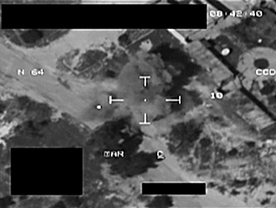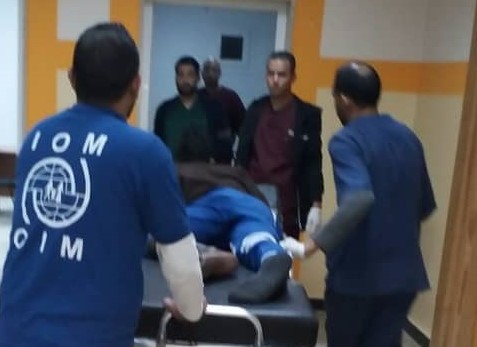What is NATO missing in Libya? More planes, hitting better and faster

(BRUSSELS2) The French and British Foreign Ministers have said it, each in their own way, in recent days, and they will repeat it in Berlin on Thursday, during the formal meeting of Atlantic Alliance Foreign Ministers: NATO is not doing enough in Libya, it must, it can do more. What does this rant mean in practice?
Insufficient mention for NATO
The Frenchman Alain Juppé was the most direct, triggering the first shot on Tuesday morning: “ NATO wanted to take the military direction of the operations, we accepted it, it must play its role today, that is to say to prevent Gaddafi from using heavy weapons to bombard populations. he declared at the microphone of France-Info, believing that NATO was not playing "enough" its role. And he then adjusted the sentence, at the exit of the Luxembourg Council of Ministers: “ It is not acceptable that Misrata continues to be under fire from the bombardments of Gaddafi's troops. We have to be more efficient. When you fire a cannon on Misrata, it's because there are many cannons that must be located somewhere and can be neutralized ».
His British counterpart William Hague was less direct but just as determined: “ We must maintain and intensify our efforts in Nato. That is why the UK has in the last week supplied additional aircraft for striking ground targets threatening the civilian population of Libya »
What it means ?
The Alliance operation must more robust and dynamic “, as a diplomat explains, very diplomatically. Concretely, " the mission of protecting civilians must be fully assumed. And beyond the strikes on fixed installations - artillery radar, - it is also necessary to aim at targets of opportunity, mobile. Clearly, despite its strength on paper, on the ground the NATO operation remains a little rickety and a little slow. Two problems, two equations to be solved separately which come to the same...
To have more planes, hitting better and faster?
1st problem: Lots of planes in the air, few effective planes
This does not necessarily mean more planes. But a better distribution. Operation "Unified Protector" suffers from " capability shortfalls, with a surplus of needs concerning the air zone and a lack of aircraft for the ground strike ».
Today, only 6 of the 28 allies in NATO take part in air-to-ground strikes. According to the elements collected, these are Denmark (4 operational F-16 planes, 2 in reserve), Norway (idem), Belgium (idem) and Canada (6 CF18 planes), i.e. 18 planes available . As a result, France (with 18 Rafale and Mirage 2000D aircraft and around ten on the Charles de Gaulle, outside NATO control) and the United Kingdom (8 Tornado GR4 increased to 12 + 10 Typhoons which have just made their first strike since their engagement ) ensure “ more than 50% of releases » for knocking.
Which also poses, incidentally, a “political problem”; the whole load of the operation rests on these two countries which have, thus statistically, more probability of sustaining a blunder. One could add: this poses a financial problem. Each State financing its own planes engaged and the armament spent... It is not nothing.
A dozen planes missing
A dozen planes are missing per day, according to the military command of the operation. All the effort of the Franco-British couple in Berlin will therefore be focused on the 4 allies present in the operation (so that they commit a little more, withdraw certain caveats) but especially on those who lip service : Italy, Spain, the Netherlands, Sweden which ensure "circles in the air" to maintain a "No Fly Zone", already effective, while they all have planes (F-16 multirole or Gripen) which could technically be useful on strikes.
Governments still have to allow them to do so. It should be noted that in 4 States, an authorization from Parliament is necessary: undoubtedly easier to obtain in Italy (where the parliamentary process seems to have already been initiated in this direction) than in the Netherlands, with an assembly more reluctant to strike by force ).
2nd problem: An Alliance slow to release its gun
The rules of engagement adopted at the start of the operation are as robust as those engaged by the coalition “says a French expert. Corn " today there are certain technical constraints ". The ATO (Air Tasking Order or flight order), for example, are established for the following 72 hours. They can be changed as needed within this 3 day period. Result: the reaction time of the Alliance is today still " a little slow ».
This time should be reduced "a few hours or less ". What is called in military terms having a "short loop", a shortened reaction time between strike and reconnaissance, developing greater operational flexibility, having "a little more autonomy and flexibility in the field". This would thus make it possible to catch columns of moving tanks or to deal with unforeseen events.
NB: The presence of American aircraft specialized in anti-tank action such as the A 10 Thunderbolt - which can move at low altitude and low speed - or the AC-130 bomber (built on the structure of the C-130 and heavily armed) would thus be " not necessary “, if these two equations are met, to have a more effective action on the ground.

